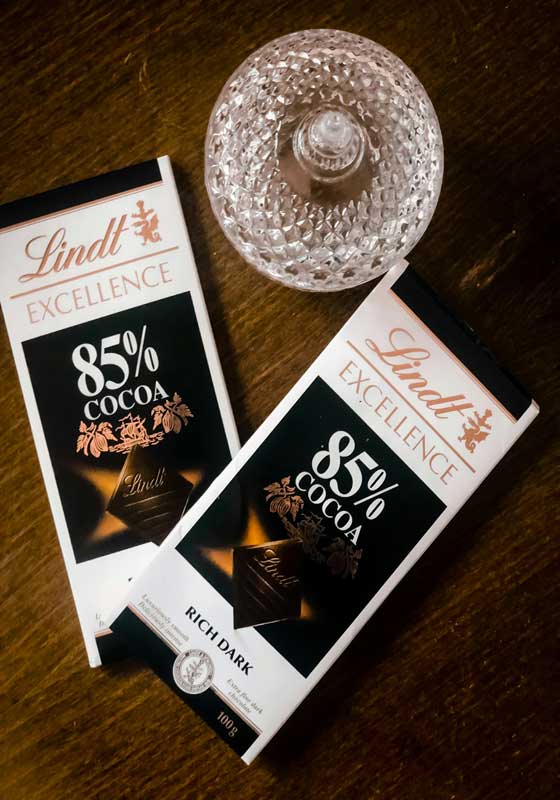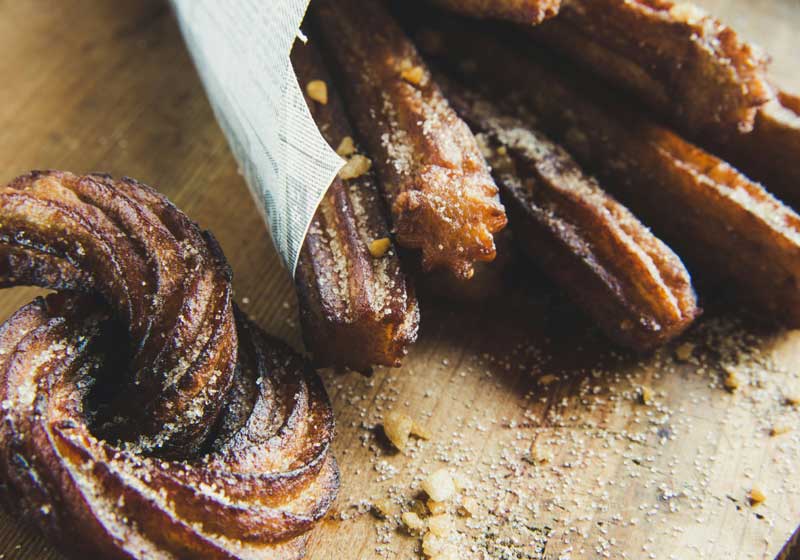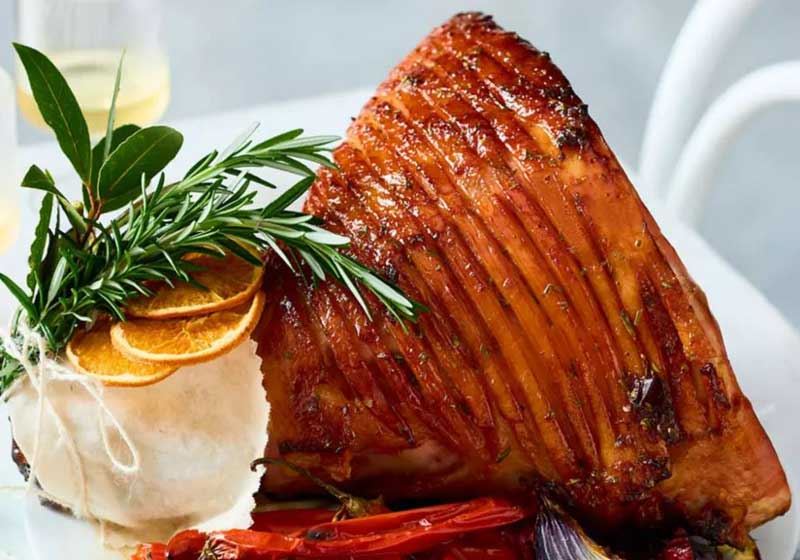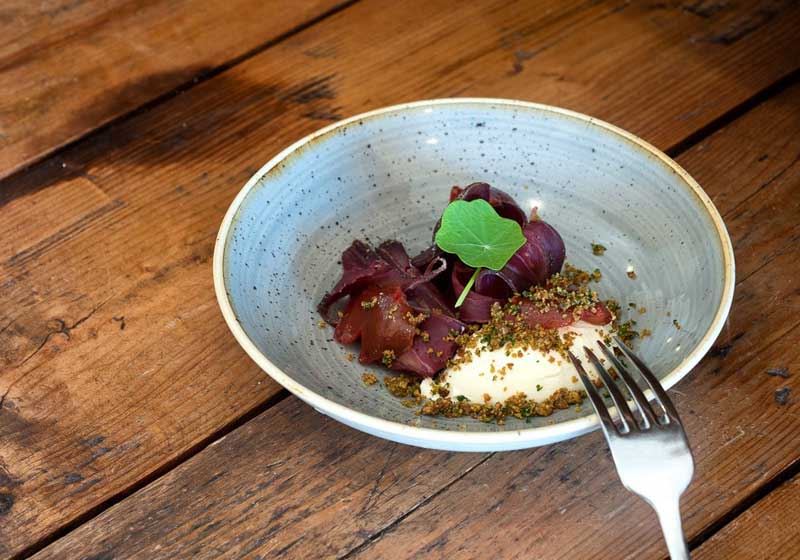By Marie-Antoinette Issa.
Tucking into a sweet treat will never be equivalent to a plate of lean meat and three veg…and that’s ok.
There’s a time for whole foods and a time for soul foods! However, for those who can’t quite quit satisfying their sweet tooth on the regular, these healthier dessert hacks from nutritionist Sally O’Neil can help.

Whether you swap out ingredients, switch cooking styles or even substitute sugars to cut out some unnecessary calories, these tips will ensure you can have your cake - and eat it too!
To start, Sally’s first suggestion to make your desserts more nutrient-dense is to use natural sweeteners like honey, maple syrup, agave nectar or coconut sugar. These alternatives have a lower glycemic index and offer trace nutrients that refined white sugar lacks. When baking, you can often replace sugar with these natural options in a 1:1 ratio.
"You can also call upon natural sweeteners like monk fruit and stevia to add sweetness without the sugar for a calorie-conscious option,” she adds.

Alternatively, consider reducing the amount of sugar required for a recipe or using mashed fruit like banana. Often you don't actually need as much as listed in the recipe, so experiment until you find an amount that hits the so-called sweet spot!
Swapping out white flour for whole grain alternatives can also add a nutritional boost to your desserts:
"Whole grain flours like whole wheat, spelt or even oat flour provide more fibre, vitamins and minerals,” says Sally. "They also have a lower glycemic index, helping to maintain more stable blood sugar levels.”
When baking, you can usually replace up to half of the white flour in a recipe with whole grain flour without compromising texture or flavour.

Using plant-based milk instead of cow’s milk can be another simple switch - almond, oat, soy or coconut milk can easily replace dairy milk in most dessert recipes. These alternatives are often lower in calories and can be fortified with vitamins and minerals, making them a healthier choice. Plus, they’re suitable for those who are lactose intolerant or following a vegan diet.
"However, make sure you read the labels and avoid the ‘barista’ versions that often have a lot more oil to make them thicker and foamier,” adds Sally.
Next, because butter adds a lot of saturated fat to desserts, Sally suggests replacing it with alternative fats like avocado, olive oil or nut butters.
"For example, using mashed avocado instead of butter in brownie recipes can reduce the saturated fat content while adding fibre and heart-healthy monounsaturated fats.”

Similarly, incorporating fruits and vegetables into your desserts can significantly boost their nutritional value. Ingredients like mashed bananas, puréed pumpkin and sweet potato or even grated zucchini can add moisture, sweetness and fibre to your recipes. These swaps not only reduce the need for added sugars and fats but also contribute essential vitamins and minerals.
Including a protein source in your desserts can also help balance their nutritional profile with ingredients like Greek yoghurt, protein powder or even silken tofu easy to incorporate into various recipes.
"These additions not only enhance the texture but also keep you feeling full longer, reducing the likelihood of overindulging,” Sally says.

Are you a chocoholic? Fortunately, there is a relatively easy way to satisfy your cravings, without completely blowing your diet. When a recipe calls for chocolate, opt for dark chocolate with a high cocoa content (70% or higher).
"Dark chocolate contains less sugar and more antioxidants than milk chocolate, making it a healthier option,” says Sally. "It’s also rich in fibre, iron, magnesium, copper and manganese. Using dark chocolate can satisfy your sweet tooth while providing some health benefits,” she adds.
Foodies who are fans of fried desserts like donuts or churros can try baking them instead. Baking reduces the amount of oil needed, significantly cutting down on calories and unhealthy fats. You can still achieve a delicious, crispy texture without the extra grease.

There are countless baked versions of traditionally fried treats available, so you don’t have to miss out on your favourites. You can also try using an air fryer to avoid the deep fryer for a similar texture without the oil.
Finally, making a dessert healthier may be as simple as reducing the portion size:
"Serve your treats in smaller portions to enjoy the same flavours with fewer calories. Consider using smaller plates or bowls to help manage portion sizes visually. This way, you can enjoy a treat without overindulging,” says Sally.








